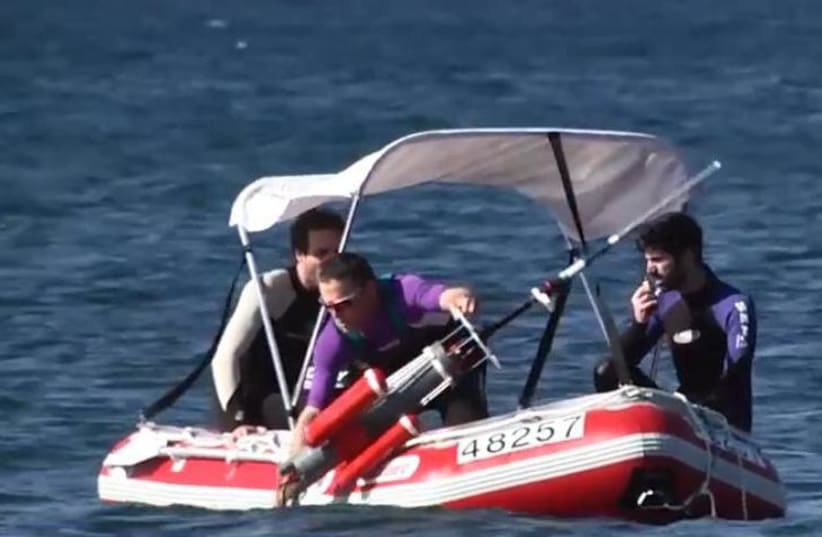Israeli researchers develop sonar system to identify marine threats
Researchers at the University of Haifa developed an innovative underwater sonar system, propagating omni-directional acoustic signals from a single transceiver to identify potential threats.
